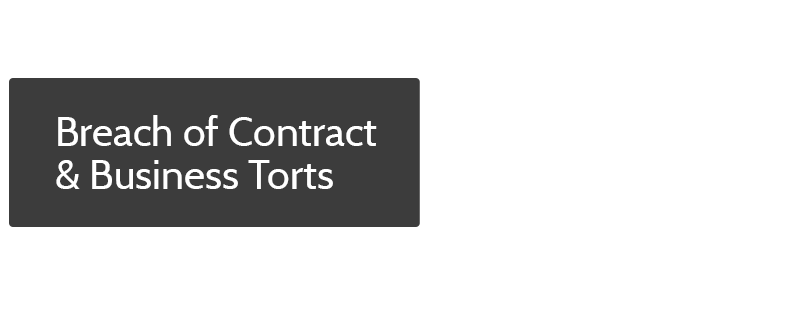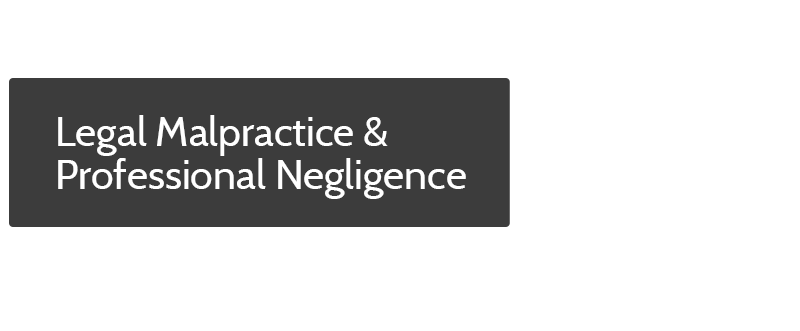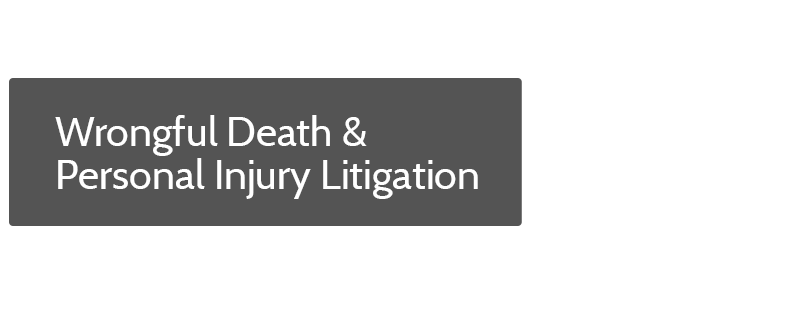Allocation of Liability in Permissive Use Cases
“Permissive Use liability” describes a situation where the owner of a motor vehicle becomes liable to a third-party plaintiff for personal injuries or property damage caused by a driver the vehicle owner allowed to use the vehicle.
THE PERSON CAUSING THE INJURY REMAINS PRIMARILY LIABLE, EVEN IN PERMISSIVE USE CASES
The law considers the vehicle owner and the negligent operator “jointly and severally” liable to the injured party. This means that the injured plaintiff can recover the entire amount of his or her damages from either the driver, the vehicle owner, or both. (However, the plaintiff cannot obtain a “double recovery” by suing or recovering from them separately.)
However, the vehicle operator (the drive) has primary liability and the owner has secondary liability for the damages. In addition, the vehicle owner’s total liability is generally limited by statute. (Note, however, that no such limitation exists in some other causes of action, so vehicle owners should not rely upon statutory limitations as “liability caps” when deciding whether or not to loan or permit third-party use of a vehicle.)
THE EFFECT OF “JOINT AND SEVERAL” LIABILITY
Because the liability is “joint and several,” any payments made by one party is “credited” against the other party’s potential liability. Any sums paid by the negligent driver will be credited against the joint liability, reducing the owner’s potential liability by that amount. If the driver makes payments in excess of the owner’s total statutory liability, the owner will not normally owe any additional payment to the injured person, because the vehicle code states, in section 17155, that “payments [totaling] the full [statutory liability]…extinguish all liability of the owner…for death or personal injury arising out of the accident.” The driver’s liability may continue, but the owner’s is capped at a total equal to the statutory limits.
OWNERS MAY BE “ADDITIONALLY INSURED” UNDER THE OPERATOR’S AUTO INSURANCE POLICY
If the vehicle operator has liability insurance (generally, auto insurance but some umbrella policies may also cover this situation) which covers the individual’s operation of “non-owned vehicles,” the vehicle owner may be consider an “additional(ly) insured” person, and the vehicle operator’s insurance may pay the entire claim.
PERMISSIVE USERS MAY BE CONSIDERED “ADDITIONALLY INSURED” UNDER THE VEHICLE OWNER’S AUTO INSURANCE POLICY
If the owner’s automobile insurance contains an “additional insured” clause covering permitted users, the owner’s insurance may cover the liability resulting from the permitted user’s negligence. However, some auto policies contain carve outs for negligent entrustment (where the owner was negligent in the decision to loan the vehicle in the first place, due to the driver’s incapacity or lack of proficiency)–so vehicle owners should not rely on insurance covering potential damage when deciding whether or not to loan a vehicle.
***
DISCLAIMER: This article is intended for informational purposes only, does not constitute legal advice to any person or entity, and does not create an attorney-client relationship with any person or entity. Negligence law and defenses are a complex legal topic, as is vehicular liability, and no single article can provide complete or comprehensive coverage or information about this or any other legal topic or issue. Your personal liability may differ, based on your individual facts and circumstances. If you believe you have a legal claim or issue, or wish to know more about your individual rights, consult an experienced attorney without delay.














